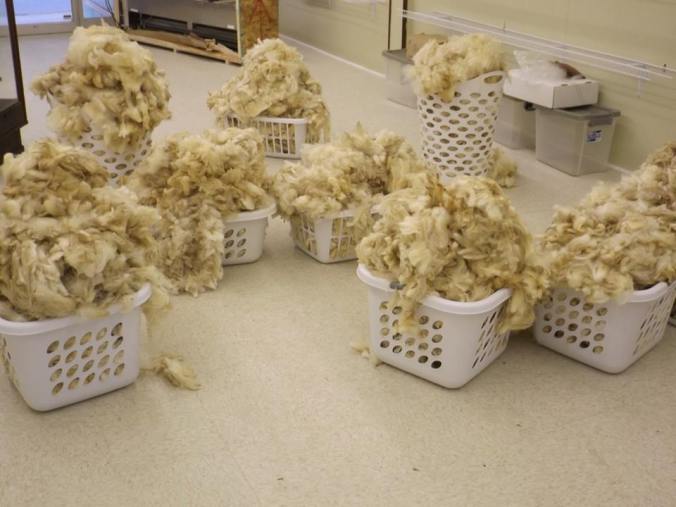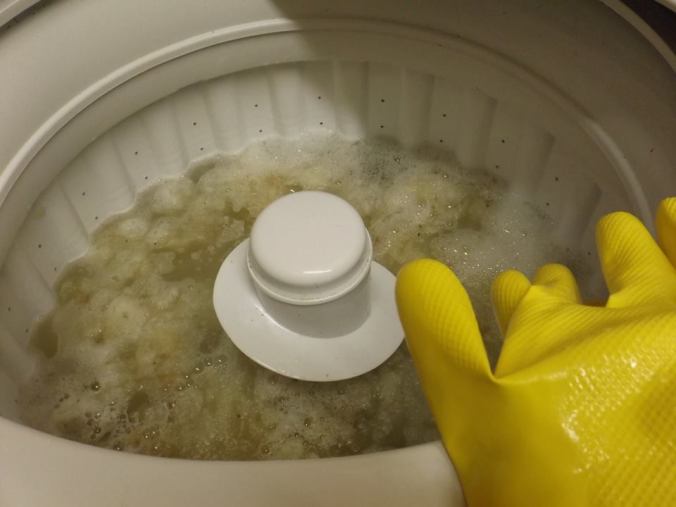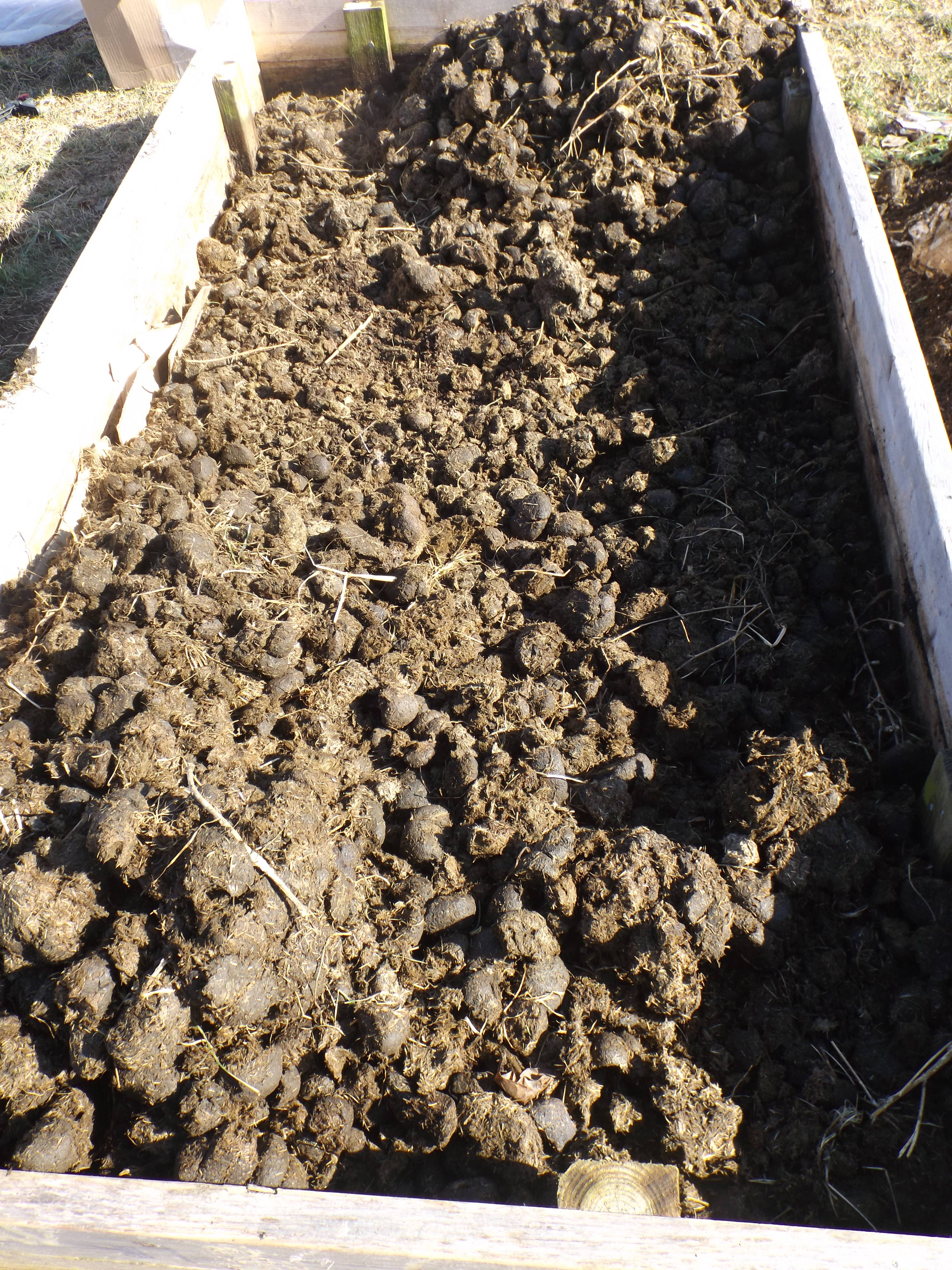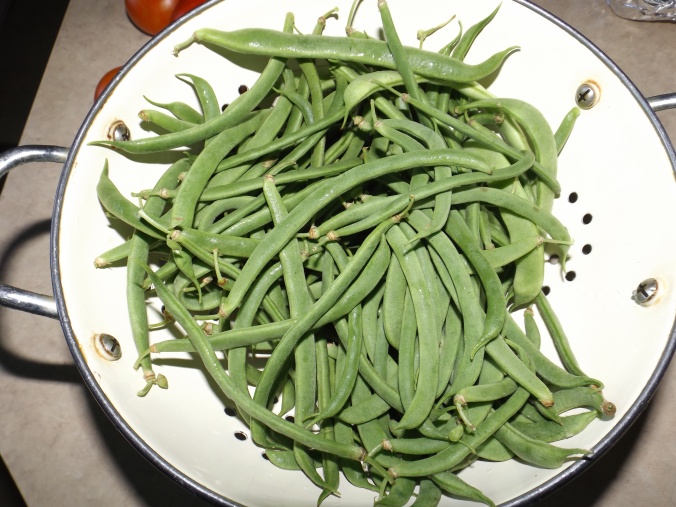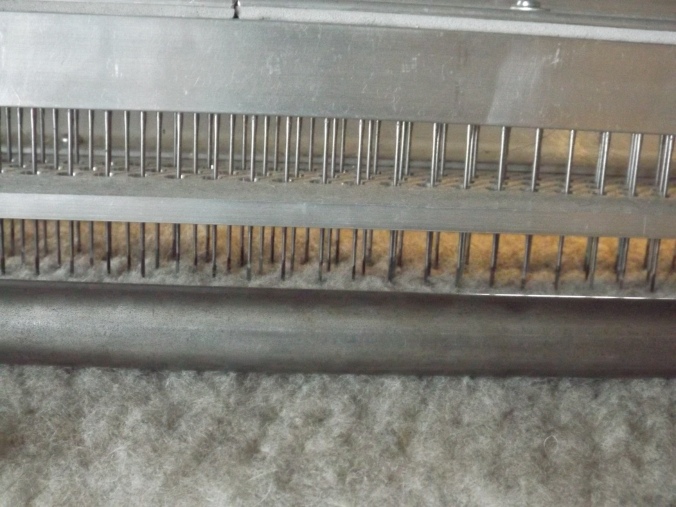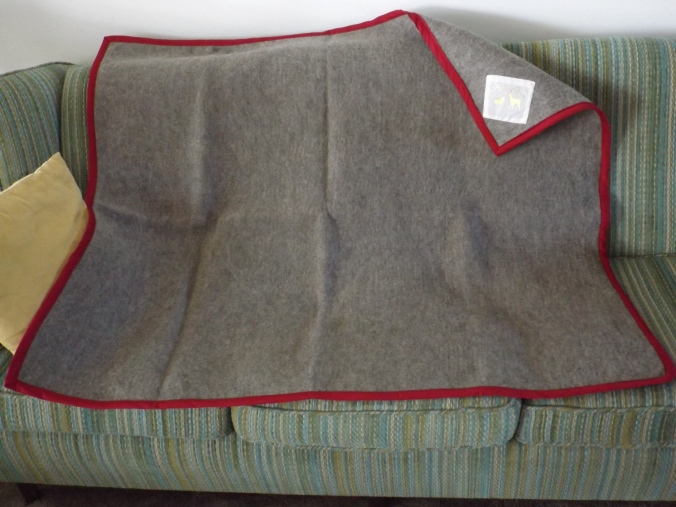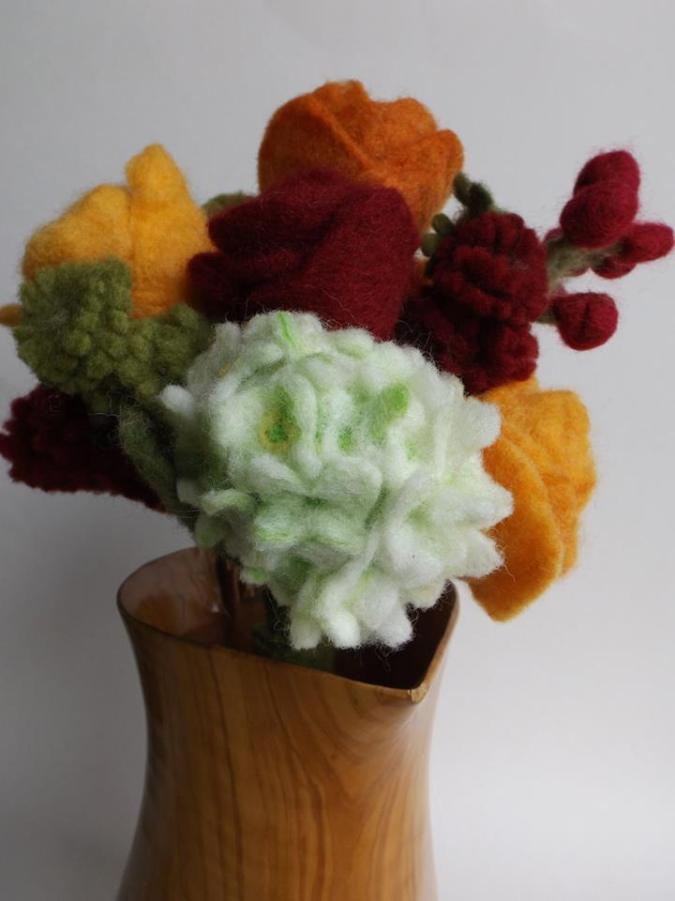Back in 1992 (for me), seasonal flags for the home were setting a trend where we lived. They were sewn, not silk screened. I almost purchased one at a shoreline boutique until I saw a few of the price tags: $89-$104. I remember thinking that it was less than a yard of nylon fabric; I should just make one! And “sew” began my plunge into flag making.

Nylon fabric comes in a width of 54″, so if you buy 1.5 yards, you can cut the fabric to be 36″ x 54″ and have half a yard left over to use for other flags! For the Goose, the flag was red; the white, yellow, and green were remnants from other flags. Back then, but they still might today, the company Flag Factory sold flag patterns that you could buy and use as templates, but for many that I sewed, I drew the pattern on tissue wrapping paper and used that.

All the flag patterns are seen on both sides, but you’ll only be sewing on ONE side. To make a flag, it’s really VERY simple, but it takes a LOT of black thread and a few hours of your time. Once you have the size of the flag that you’d like to sew, APPLIQUE with the zigzag stitch set so closely that it becomes a solid wide line of stitches. Then you’ll turn your flag OVER and CUT AWAY the base flag material, being VERY careful NOT to clip the zigzag stitches. To finish the flag, turn all sides under and topstitch and then make a 4″ casing at the top. I sew a small piece of elastic to the end so that it can attach to the flag pole. The flag poles that have the plastic sleeve over the wooden pole are the best!!—That way the flag never wraps in the wind; it will always slide back to its correct hanging position.

For the candy cane, I appliqued it onto green flag nylon, then turned it over and cut away the GREEN nylon. If I hadn’t done that, you wouldn’t be able to see through the candy cane because the dark green nylon would be behind it.
The wind on our farm is always strong and the flags have taken a beating!! But, some of them are almost 26 years old and have flown at my house for a month each of those years no matter where I’ve lived! So, I’d say they’ve held up well.

Through the years, I have made flags for so many reasons: special holidays; or, special family events (birthday, new baby, first day of school). I have made pansies, daffodils, Easter eggs, sunshine, manatee, apples, jack-o-lantern, snowflakes, birthday balloons, etc. But, I have also made them for other people as gifts: grapes on vine; Stegosaurus dinosaur; etc! There is no limit what you can create.
For a while, I couldn’t find the colors of nylon that I liked in the weight that I preferred. I was only finding ripstop nylon and I don’t care for that. Recently, I came across a business that does carry the nylon for $7.99 a yard (54″ wide) in a wide variety of colors. For about $10 you can make a flag for your house, too.

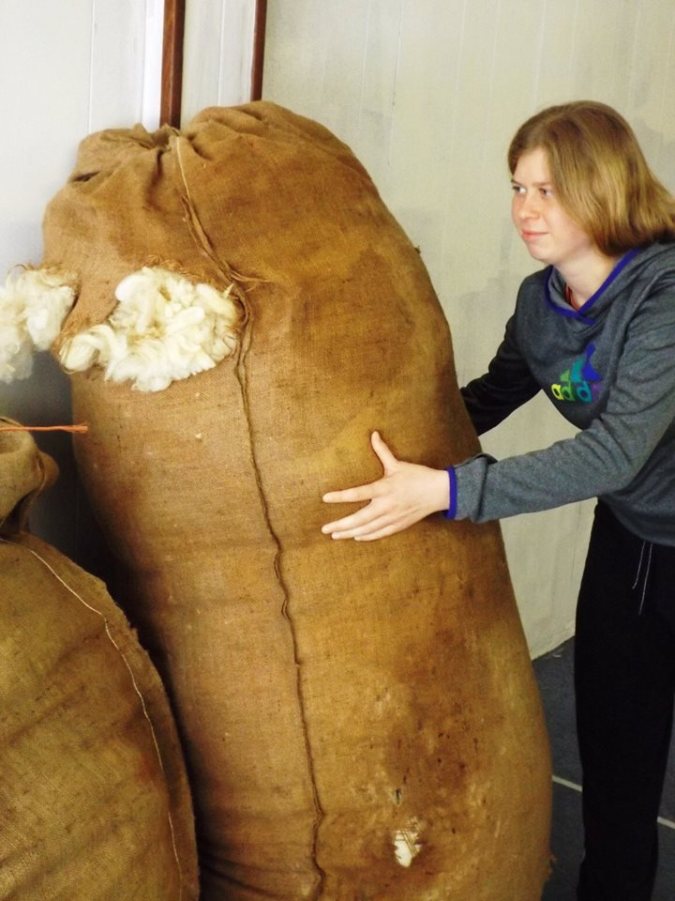 The raw wool arrived in burlap sacks. Each sack weighed almost 50 pounds. The shepherds had already “skirted” (pulled away the very dirty or heavily debrised) wool before giving it to me.
The raw wool arrived in burlap sacks. Each sack weighed almost 50 pounds. The shepherds had already “skirted” (pulled away the very dirty or heavily debrised) wool before giving it to me. 